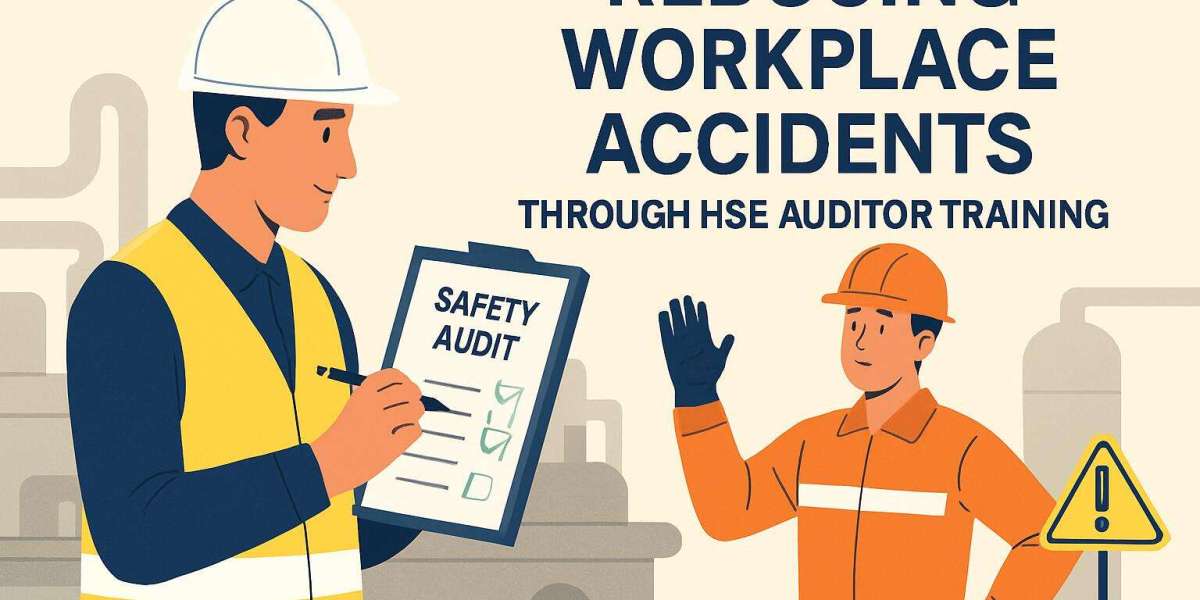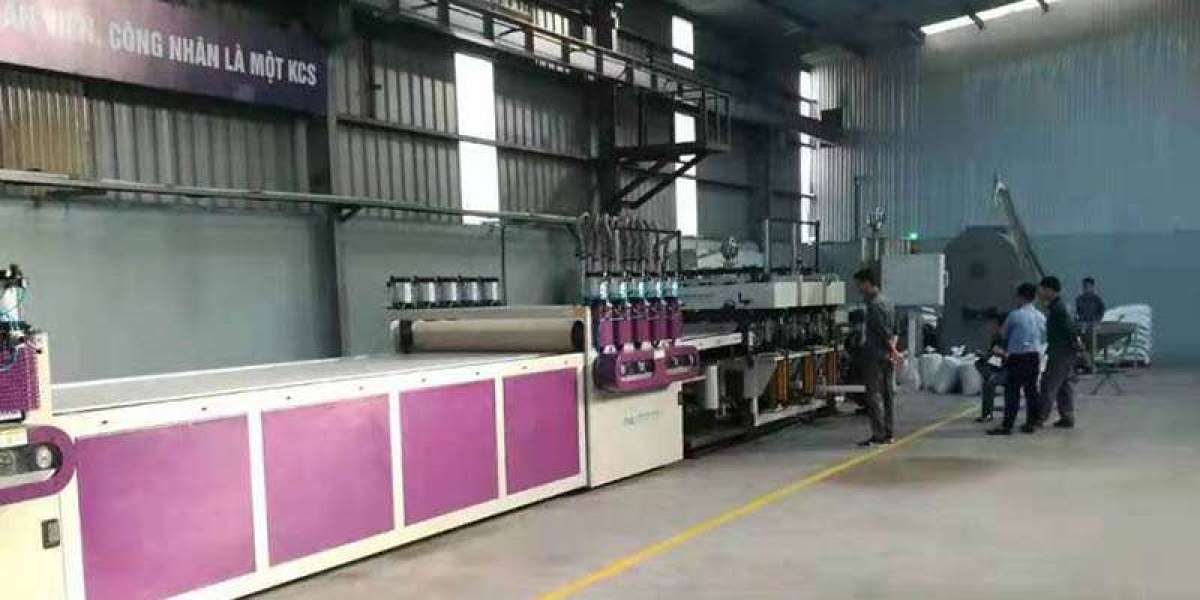Workplace safety has become a critical concern for organizations across all industries. Whether in construction, manufacturing, healthcare, or oil and gas, ensuring the safety and well-being of employees is not only a moral obligation but also a business necessity. One of the most effective strategies for minimizing accidents and maintaining a safe working environment is through well-structured health, safety, and environment (HSE) auditing processes. And at the heart of these processes lies HSE auditor training.
Trained auditors play a crucial role in identifying potential hazards, ensuring compliance with safety standards, and recommending preventive actions before accidents occur. Let’s explore how proper training for HSE auditors directly contributes to creating safer workplaces and reducing the likelihood of incidents.
Identifying Hidden Hazards Early
Workplace hazards are not always obvious. They can be buried deep within operational procedures, poorly maintained equipment, or even employee behaviour. A trained auditor learns to evaluate systems thoroughly and recognize risks that may not be immediately visible to untrained personnel.
For example, in a facility that deals with hazardous chemicals, a trained auditor might spot improperly labelled containers, inadequate ventilation, or inconsistencies in storage methods—all of which can pose significant risks. By identifying these issues proactively, preventive actions can be implemented before they escalate into serious incidents.
Ensuring Compliance with Safety Regulations
Compliance with national and international safety regulations is more than a legal requirement—it’s a pathway to creating structured and safe operations. Trained auditors are well-versed in industry-specific laws, regulations, and best practices. They are capable of conducting audits that not only check for policy adherence but also identify gaps in safety management systems.
Regular internal audits conducted by trained personnel help organizations stay in line with ISO standards such as ISO 45001 (Occupational Health and Safety) or ISO 14001 (Environmental Management). This ongoing compliance keeps the workplace prepared for external inspections, and more importantly, ensures systems are functioning as intended to prevent accidents.
Enhancing Risk Assessment and Control Measures
One of the core aspects of HSE auditing involves risk assessment. Through dedicated training, auditors learn how to assess the severity and likelihood of risks in various operational contexts. They also understand how to evaluate existing control measures and recommend improvements.
A strong risk assessment process helps organizations prioritize safety measures and allocate resources effectively. For instance, high-risk areas such as confined spaces, elevated work platforms, or high-voltage zones can be flagged for frequent inspections and reinforced controls. This targeted approach significantly minimizes the possibility of accidents.
Promoting a Culture of Continuous Improvement
An often-overlooked benefit of auditor training is its impact on organizational culture. When trained auditors consistently conduct evaluations and provide constructive feedback, they instil a mindset of continuous improvement within teams.
This leads to more open communication between management and workers regarding safety concerns. Employees begin to recognize that audits are not fault-finding missions, but learning opportunities that can lead to safer practices. Over time, this proactive safety culture helps reduce not just the number but also the severity of workplace accidents.
Educating Staff Through Audit Feedback
HSE auditors don’t just identify non-conformities—they also educate. During and after audits, they often engage with staff members to explain why certain practices are unsafe or not up to standard. This knowledge-sharing approach raises awareness at all levels of the organization.
Training programs prepare auditors to communicate effectively, avoid confrontation, and foster collaboration. As employees become more informed and aware of safety protocols, they are better equipped to prevent risky behaviour, leading to a noticeable drop in incident rates.
Enabling Better Incident Investigations
When an accident does occur, a thorough investigation is critical for learning and prevention. Trained auditors possess the skills to conduct detailed root cause analyses. They can look beyond surface-level causes and identify systemic failures, such as poor training, lack of supervision, or flawed procedures.
By uncovering the root causes, organizations can implement corrective and preventive actions that address the problem at its core. Over time, this leads to more resilient systems and a steady decline in accident recurrence.
Strengthening Emergency Preparedness
Emergencies can’t always be avoided, but their impact can be minimized through effective planning and preparedness. HSE auditor training often includes modules on evaluating emergency response plans, testing evacuation drills, and checking the readiness of first-aid and firefighting equipment.
Auditors trained in emergency preparedness help ensure that all protocols are in place and functional. In crisis situations, this preparedness can make the difference between a minor incident and a major catastrophe.
Conclusion
Reducing workplace accidents is a multifaceted challenge, but one that becomes far more manageable with trained professionals who know where to look, what to check, and how to advise. Online HSE auditor training equips individuals with the knowledge, skills, and confidence to inspect systems thoroughly, engage with personnel effectively, and recommend impactful improvements.
Organizations that invest in such training are not only safeguarding their employees but are also building a culture of accountability, compliance, and continuous improvement. In the long run, these efforts lead to fewer incidents, lower costs, higher morale, and a reputation for being a safe and responsible employer.



